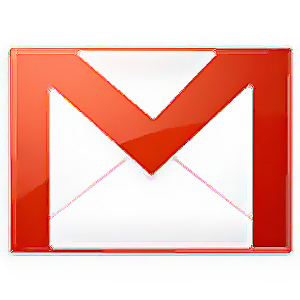 Some say email is a dying technology, shunned to the corners of the Internet only trafficked by geriatrics from a time long gone; replaced by social networks, like Facebook, LinkedIn and Twitter. But that’s just not true. In fact, according to a new study by Swedish uptime monitoring service Pingdom, email remains a massively important business for the providers of the world’s largest free email services: Google, Yahoo and Microsoft.
Some say email is a dying technology, shunned to the corners of the Internet only trafficked by geriatrics from a time long gone; replaced by social networks, like Facebook, LinkedIn and Twitter. But that’s just not true. In fact, according to a new study by Swedish uptime monitoring service Pingdom, email remains a massively important business for the providers of the world’s largest free email services: Google, Yahoo and Microsoft.
Traffic counts by Alexa show that visitors to the mail.google.com subdomain account for the second largest chunk of Google’s web traffic — 23.33 percent — which follows only Google.com itself. The same goes for Microsoft’s mail.live.com subdomain, which accounts for 39.12 percent of all traffic. For Yahoo, its mail.yahoo.com subdomain receives more traffic than any other subdomain owned and operated by the company.
In terms of actual numbers, Yahoo Mail has about 340 million users worldwide. Microsoft’s Hotmail has 450 million. Google does not reveal its exact number of total worldwide users, but estimates place it at somewhere between 200 million and Yahoo’s 340 million.
All of this translates into big business for these companies, which rely upon both advertising and user data for their money-making purposes.
Many predicted that Facebook would deliver the death blow to email last year with the launch of “Project Titan,” the social network giant’s custom email service, which also incorporates Facebook messages and texts. That service, or some iteration of it, may eventually kill (other kinds of) email, or at least give it a bad beating. But the service is still rolling out to Facebook’s nearly 600 million users, so it hasn’t yet had a chance to really fight.
It’s true that younger people don’t use email the way adults do — just ask anyone below legal drinking age email, and they’ll look at you like a deer in headlights. But that doesn’t mean much. Email is still extremely useful, especially for business purposes, which youngsters haven’t yet had a chance to experience. So, in short, email still wins, but the streak can’t last forever. What will take its place, however, remains to be seen.


